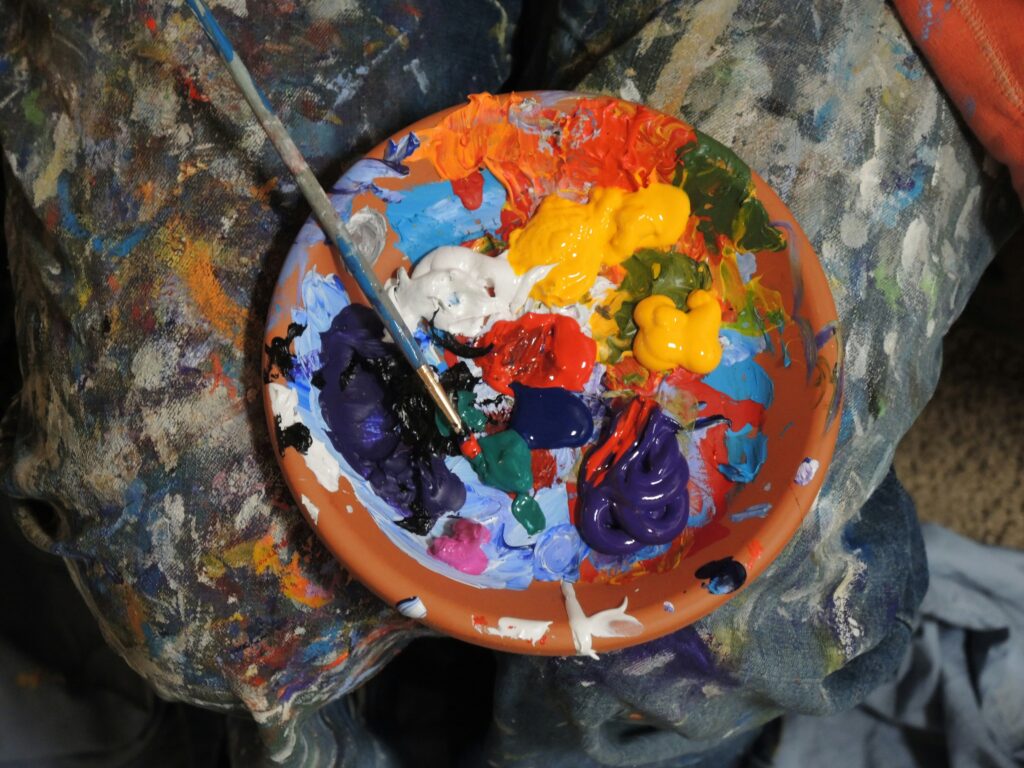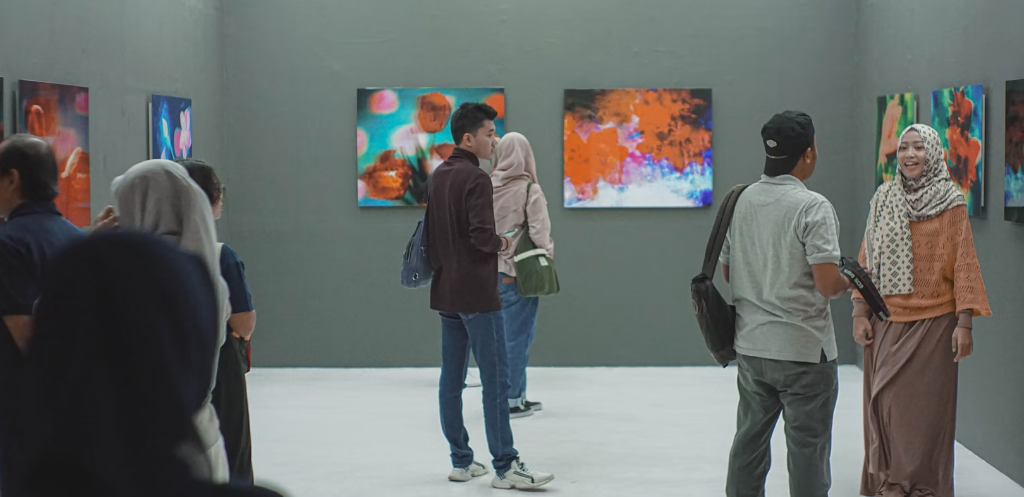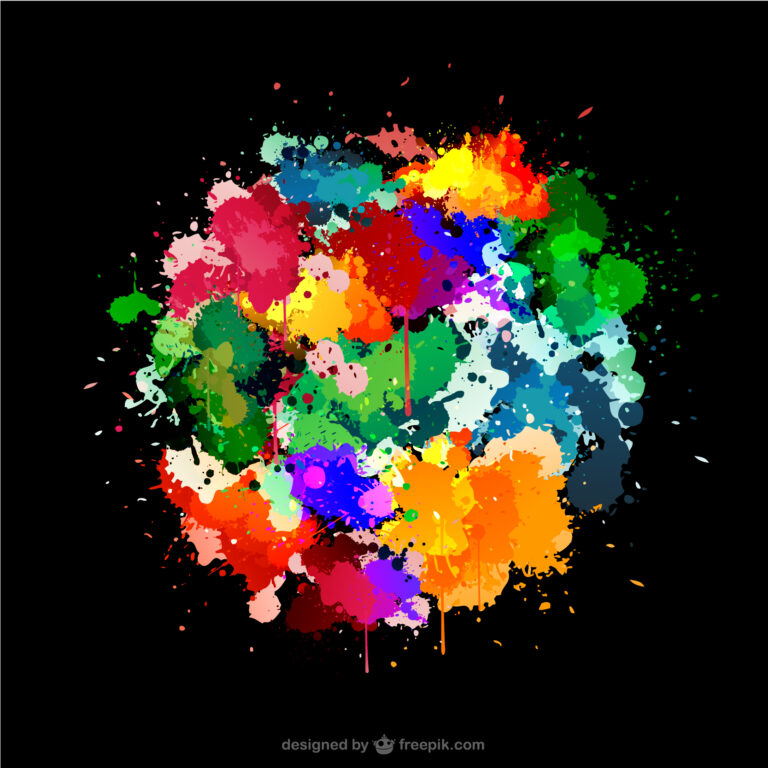Exclusive Art Exhibitions: A Journey into Unique Artistic Experiences
Art exhibitions provide a space where artists can showcase their work, express creativity, and engage with audiences. Among these, exclusive art exhibitions stand out as unique, often private events designed to offer something extraordinary. They usually feature limited, carefully selected artworks that may not be accessible to the public in other settings. These exhibitions are about more than just seeing art; they offer a cultural experience, connecting collectors, enthusiasts, and creators in an intimate atmosphere. In this article, we will explore the concept of exclusive art exhibitions, their significance, and how they differ from regular exhibitions.

What Are Exclusive Art Exhibitions?
Exclusive art exhibitions are specialized events often organized for a select audience, such as collectors, art experts, or invited guests. Unlike public exhibitions held in museums or galleries that anyone can attend, these events are generally by invitation only or require a ticket purchase in advance. They might be hosted in private venues, luxury spaces, or even the homes of art collectors, giving them a personal and intimate touch.
The exclusivity can also extend to the type of art displayed. In these exhibitions, the works are usually rare, limited edition, or even specially commissioned pieces. This adds to the allure of the event, attracting people who appreciate the uniqueness and want to invest in or admire art that is not widely available. Some exclusive exhibitions may focus on contemporary art, while others might showcase classical masterpieces or emerging talents, giving visitors a wide range of artistic experiences.
The Allure and Appeal of Exclusive Art Exhibitions
One of the main reasons people are drawn to exclusive art exhibitions is the experience itself. Being invited to such an event makes attendees feel like part of a select group, enhancing the excitement and appeal. It also provides an opportunity to connect directly with the artists, curators, and fellow art lovers in a setting where art can be discussed and appreciated more deeply.
These exhibitions often go beyond just showcasing art; they can include performances, artist talks, or even live demonstrations where visitors can witness the creative process. Exclusive exhibitions sometimes offer interactive elements, allowing attendees to engage with the artwork in meaningful ways. This combination of visual art, performance, and interaction creates a multi-sensory experience that is far more immersive than traditional exhibitions.
Who Attends Exclusive Art Exhibitions?
The audience for exclusive art exhibitions usually consists of art collectors, curators, critics, celebrities, and art enthusiasts who seek new and unique experiences. For many collectors, attending these events is an opportunity to discover new artists, buy exclusive pieces, and expand their collections. Curators and critics attend to explore new trends, gain inspiration for future exhibitions, and network with artists and other professionals in the art world.
In recent years, exclusive art exhibitions have also become popular among celebrities and social media influencers. Attending these events allows them to stay connected with the cultural world, be seen at high-profile gatherings, and share their experiences with their followers. This trend has added another layer of exclusivity, as it increases the demand for such events and makes them even more sought-after.
Planning and Organizing Exclusive Art Exhibitions
Organizing an exclusive art exhibition requires careful planning, creativity, and a deep understanding of the art being showcased. Curators play a significant role, as they are responsible for selecting the pieces that fit the theme of the event and the expectations of the audience. This selection process is crucial because the quality and uniqueness of the art are what make these exhibitions stand out.
The venue is another important aspect. Many exclusive exhibitions take place in unconventional locations such as historical buildings, luxury hotels, or even outdoor spaces with a beautiful view. The choice of venue adds to the exclusivity and overall experience of the event. Sometimes, the location itself becomes part of the exhibition, blending the environment with the artwork to create a cohesive theme.
Organizers also pay attention to details like lighting, music, and decoration, all of which help to set the mood and atmosphere of the exhibition. Catering services might be provided, with gourmet food and drinks offered to enhance the luxury experience. These elements work together to make the exhibition feel special, emphasizing its exclusivity and quality.
Impact on Artists and the Art Market


Exclusive art exhibitions provide significant opportunities for artists. By being part of these events, artists can showcase their work to an influential audience, including potential buyers and gallery owners who can open doors for future projects. It is a chance for artists to elevate their careers, gain recognition, and establish connections with collectors and art professionals.
For the art market, exclusive exhibitions play an essential role. They often drive the value of artworks up, especially when artists create pieces specifically for these events. The sense of rarity and exclusivity increases demand, making it a profitable venture for both artists and collectors. When high-profile collectors or celebrities attend, their interest in the art can further boost the market value, influencing trends and setting new benchmarks.
Challenges and Criticisms
While exclusive art exhibitions are celebrated for their unique experiences, they also face criticisms. Some people argue that they make art inaccessible to the general public, limiting the opportunity for a broader audience to engage with culture. They claim that art should be shared openly, not reserved for a select group of people who can afford to participate.
Others point out that the commercialization of these exhibitions can overshadow the art itself. When the focus shifts too much toward luxury experiences and exclusivity, it may detract from the genuine appreciation of the artwork. Balancing the need for exclusivity with the essence of art as an open and expressive form remains a challenge for organizers.
Conclusion
Exclusive art exhibitions offer a unique way to experience and engage with art, providing opportunities for collectors, artists, and enthusiasts to connect in a luxurious and intimate setting. These events celebrate creativity and innovation, showcasing rare and valuable pieces that may not be accessible to the general public. While they come with their set of challenges and criticisms, the appeal and impact they have on the art market and culture are undeniable.
By carefully balancing exclusivity with the appreciation of art, these exhibitions continue to play a vital role in the contemporary art scene, bringing together people who share a passion for beauty, creativity, and culture. For those fortunate enough to attend, they offer not just a glimpse into the world of art but a memorable and enriching experience.
FAQs
What is an exclusive art exhibition?
An exclusive art exhibition is a private or invite-only event showcasing unique, rare, or specially curated artworks. It often takes place in luxurious or unique settings, providing a limited audience with an intimate and immersive art experience.
How can someone attend an exclusive art exhibition?
To attend, individuals usually need to receive an invitation, purchase a ticket in advance, or have connections with the event organizers or artists. Some exhibitions may also be accessible through memberships or as part of an art collector’s network.
Why do exclusive art exhibitions have limited access?
Limited access helps maintain the exclusivity and appeal of these exhibitions. It allows organizers to create a personalized, high-quality experience and attract collectors, celebrities, and art lovers who value privacy and the opportunity to view rare or limited-edition artworks.
Do exclusive art exhibitions affect the value of the artworks displayed?
Yes, exclusive exhibitions can increase the value of the artworks displayed, as they often feature rare or limited pieces. The sense of exclusivity and the presence of high-profile collectors or celebrities can also drive up demand, impacting the art market positively
.Are exclusive art exhibitions only for wealthy individuals?
While many exclusive art exhibitions target wealthy collectors and influential individuals, they are not always limited to this group. Some exhibitions aim to include art enthusiasts and emerging collectors who are interested in building connections and exploring new art trends







